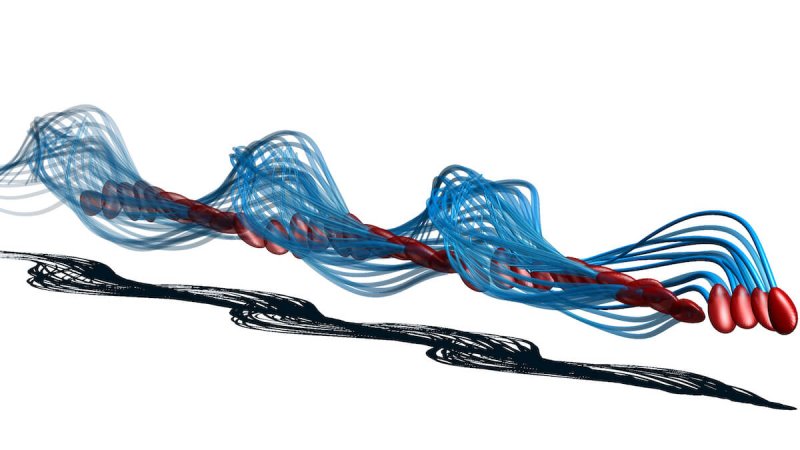Research by fertility scientists in the UK and Mexico challenges the accepted view of how sperm “swim”, suggesting that it is an optical illusion.
More than three centuries ago, Antonie van Leeuwenhoek, using one of the earliest microscopes, described human sperm as having a tail which, “when swimming, lashes with a snakelike movement, like eels in water”.
But modern 3D microscopy and mathematics suggest otherwise, say Hermes Gadelha from the University of Bristol, UK, and Gabriel Corkidi and Alberto Darszon from the Universidad Nacional Autonoma de Mexico.
The tail is in fact wonky and only wiggles on one side, they write in a paper in the journal Science Advances. Sperm don’t just swim in circles, however, because they have found a clever way to adapt.
“Human sperm figured out if they roll as they swim, much like playful otters corkscrewing through water, their one-sided stoke would average itself out, and they would swim forwards,” says Gadelha.
“The sperms’ rapid and highly synchronised spinning causes an illusion when seen from above with 2D microscopes: the tail appears to have a side-to-side symmetric movement, ‘like eels in water’, as described by Leeuwenhoek in the 17th century.
“However, our discovery shows sperm have developed a swimming technique to compensate for their lop-sidedness and in doing so have ingeniously solved a mathematical puzzle at a microscopic scale: by creating symmetry out of asymmetry,” says Gadelha.































